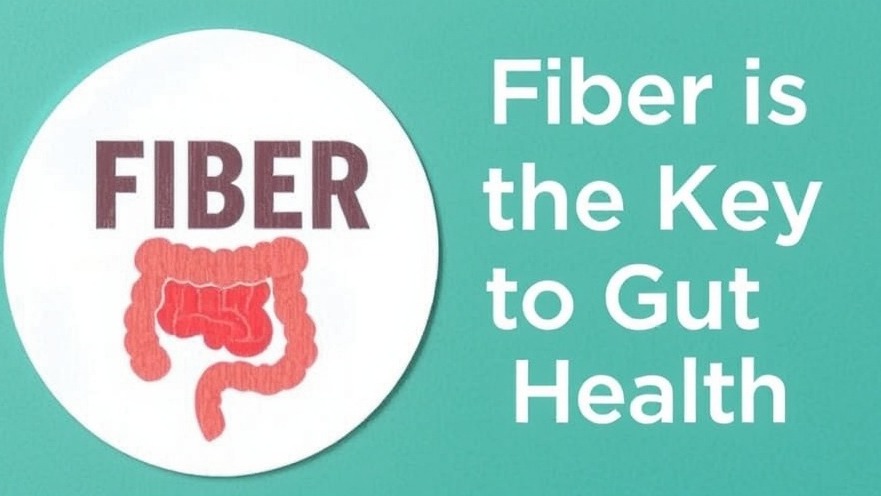
Your Guide to Gut Health.
In today's fast-paced world of convenience foods and processed meals, many of us fall short of getting enough dietary fiber in our daily nutrition. Experts recommend adults consume 25-30 grams of fiber daily, yet the average American only gets about 15 grams. Incorporating fiber-rich vegetables into your diet is one of the simplest and most effective ways to bridge this nutritional gap while enjoying delicious and versatile foods.
Why Fiber Matters
Dietary fiber is the indigestible part of plant foods that passes through our digestive system, providing numerous health benefits along the way. These benefits include:
Promoting regular bowel movements and preventing constipation
Helping maintain a healthy weight by creating a feeling of fullness
Lowering cholesterol levels
Stabilizing blood sugar levels
Reducing the risk of heart disease, stroke, and certain cancers
Supporting a healthy gut microbiome
Now, let's explore the seven vegetables that stand out as fiber powerhouses, each bringing its own unique nutritional profile and culinary versatility to your table.
1. Artichokes
Fiber content: 10.3 grams per medium artichoke (120 grams)
Artichokes reign supreme in the fiber department, providing an impressive amount of both soluble and insoluble fiber. One medium-sized artichoke delivers more than a third of your daily fiber needs.
Beyond fiber, artichokes are rich in antioxidants, particularly cynarin and silymarin, which support liver health. They're also packed with vitamins C and K, folate, and magnesium.
How to enjoy: Steam whole artichokes and pull off the leaves to scrape the tender flesh with your teeth, or incorporate artichoke hearts into pasta dishes, salads, and dips.
2. Peas
Fiber content: 8.8 grams per cup (160 grams)
These small green gems pack a remarkable fiber punch. Green peas offer a perfect balance of soluble and insoluble fiber, along with being one of the few vegetables that provide significant protein—about 8 grams per cup.
Peas are also rich in vitamins A, C, and K, several B vitamins, and minerals including manganese, iron, and phosphorus.
How to enjoy: Add peas to soups, stews, rice dishes, and pasta. They can be enjoyed fresh, frozen, or even as a protein-rich puree in sauces and dips.
3. Brussels Sprouts
Fiber content: 4 grams per cup (88 grams)
These cruciferous vegetables have experienced a culinary renaissance in recent years, transforming from a dreaded childhood vegetable to a gourmet favorite. Their high fiber content is matched by impressive levels of vitamin K, vitamin C, and numerous cancer-fighting compounds.
Brussels sprouts contain glucosinolates, compounds that give them their distinctive flavor and have been linked to reduced inflammation and cancer prevention.
How to enjoy: Roast with olive oil and balsamic vinegar, shred raw into salads, or sauté with garlic and bacon for a delicious side dish.
4. Broccoli
Fiber content: 3.8 grams per cup (91 grams)
This cruciferous vegetable is a nutritional powerhouse, offering significant fiber alongside an impressive array of nutrients. One cup of chopped broccoli provides more vitamin C than an orange, along with substantial vitamin K, folate, and potassium.
Broccoli contains sulforaphane, a compound with powerful anti-cancer and anti-inflammatory properties that becomes more bioavailable when the vegetable is lightly steamed.
How to enjoy: Steam lightly to preserve nutrients, roast until crispy at the edges, blend into soups, or enjoy raw with hummus.
5. Carrots
Fiber content: 3.6 grams per cup (128 grams)
Carrots provide an excellent source of both soluble and insoluble fiber, with the added benefit of being naturally sweet and versatile. They're famously high in beta-carotene, which converts to vitamin A in the body and promotes eye health.
Regular consumption of carrots has been linked to lower cholesterol levels, improved vision, and reduced risk of certain cancers.
How to enjoy: Snack on raw baby carrots, roast with honey and herbs, shred into muffins and cakes, or blend into smoothies.
6. Sweet Potatoes
Fiber content: 3.8 grams per medium sweet potato (114 grams)
Sweet potatoes offer a delicious way to boost your fiber intake while enjoying their naturally sweet flavor. Their orange flesh indicates high levels of beta-carotene, while their skin contains significant insoluble fiber.
Beyond fiber and vitamin A, sweet potatoes provide potassium, vitamin C, and B vitamins, all with fewer calories than regular potatoes.
How to enjoy: Bake and top with cinnamon and a drizzle of honey, mash as a side dish, cut into fries, or add to stews and curries.
7. Collard Greens
Fiber content: 7.6 grams per cup cooked (190 grams)
These leafy greens might not be the first vegetable you think of, but they deserve a place at your table for their exceptional fiber content and remarkable nutrient density. Collards provide outstanding levels of vitamins K, A, and C, along with calcium and folate.
Collard greens are part of the cruciferous vegetable family, offering similar cancer-fighting compounds to broccoli and Brussels sprouts.
How to enjoy: Sauté with garlic and olive oil, add to soups, or use the leaves as low-carb wraps for sandwiches and burritos.
Tips for Increasing Vegetable Fiber in Your Diet
Start slowly: If you're not used to high-fiber foods, introduce them gradually to avoid digestive discomfort.
Stay hydrated: Fiber works best when accompanied by plenty of water.
Keep the skins on: When appropriate, eat vegetables with their skins intact for maximum fiber.
Add vegetables to unexpected places: Blend greens into smoothies, add grated vegetables to baked goods, or incorporate them into pasta sauces.
Try different cooking methods: If you don't enjoy a vegetable prepared one way, try another cooking technique before giving up on it.
By incorporating these fiber-rich vegetables into your daily meals, you'll not only improve your digestive health but also increase your intake of vital nutrients that support overall wellness. Remember that variety is key—each vegetable brings its own unique profile of vitamins, minerals, and phytonutrients to complement the fiber content.
 Add Row
Add Row  Add
Add 




Write A Comment